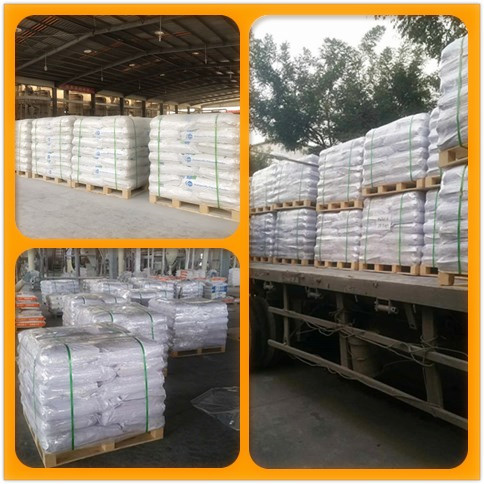Requirements for water retention rate of cellulose in plastering mortar
Release time:
2022-04-06
Author:
Source:
Requirements for water retention rate of cellulose in plastering mortar
Necessity of water retention
All kinds of grass-roots need mortar construction has a certain water absorption. After the grass-roots level absorbs the water in the mortar, it will make the construction of the mortar worse, and in severe cases, the gelding material in the mortar can not be fully hydrated, resulting in low strength, especially the interface strength between the mortar hardening body and the grass-roots level, resulting in mortar cracking and falling off. If the plastering mortar has suitable water retention performance, it can effectively improve the construction of the mortar, but also can make the water in the mortar is not easy to be absorbed by the grass-roots level, to ensure the full hydration of cement.
Problems with traditional water retention methods
The traditional solution is to water the base layer, but it is impossible to ensure that the base layer is evenly and moderately wet. The ideal hydration target of cement mortar in the grass-roots level is the process of cement hydration products accompanying the grass-roots level to absorb water, and penetrate into the grass-roots level to form an effective "key connection" between the grass-roots level, so as to achieve the required bond strength. Direct watering to the surface of the grass-roots level will be due to the temperature, watering time, watering uniformity of the different, and the grass-roots water absorption is seriously discrete. The grass-roots water absorption is small, will continue to absorb water in the mortar, before the cement hydration, water is absorbed, affecting the cement hydration and hydration products to the matrix penetration; grass-roots water absorption, mortar water to the grass-roots migration speed is slow, even in the mortar and the matrix between the formation of a rich water layer, also affect the bond strength. So with common grass-roots watering method, not only can not effectively solve the problem of high water absorption of wall grass-roots, but will affect the bond strength of mortar and grass-roots, resulting in hollowing, dry.
Requirements for water retention rate of plastering mortar
Due to different regions and temperature and humidity conditions, the water retention rate target of plastering mortar products is for reference only.
① High water absorption base material plastering mortar
The high water absorption substrate represented by aerated concrete, including various lightweight partition boards, blocks, etc., has the characteristics of large water absorption and long duration. For this kind of grass-roots plastering mortar, hydroxypropyl methyl cellulose water retention of not less than 93%, the mortar water retention rate should be not small and 88%.
② Low water absorption base material plastering mortar
The low water absorption base material represented by cast-in-place concrete, including the poly-bulky board for exterior insulation, has relatively small water absorption. For the plastering mortar of this kind of substrate, the water retention of hydroxypropyl methyl cellulose shall not be less than 93%, and the water retention rate of mortar shall not be less than 88%.
③ Thin layer plastering mortar
Thin layer plastering refers to the plastering construction with a thickness of 3~8mm. This kind of plastering construction due to the plaster layer thin, easy to lose moisture and affect the construction and strength. For the mortar used for this kind of plastering, its water retention rate is not less than 99%.
④ Thick layer plastering mortar
Thick layer plastering refers to the plastering construction with a thickness of 8~20mm. This kind of plastering construction due to the thick plastering layer, water is not easy to lose, hydroxypropyl methyl cellulose water retention of not less than 93%, the mortar plastering mortar water retention rate should be not less than 88%
⑤ Water resistant putty
Water resistant putty as ultra-thin plastering material, the general construction thickness between 1~2mm. This type of material requires extremely high water retention properties to ensure its workability and bond strength. For putty materials, the water retention rate should not be less than 99%, and the water retention rate of putty for external walls should be greater than that of putty for internal walls.

Key words:
Cellulose
Previous Page
Previous Page:
Recommended News
5 Time Points to Be Grasp in Using Tile Glue
2022-05-23
Application of Cellulose in Putty Mortar
2022-04-26
Use of redispersible latex powder
2022-03-19

Jinan Headquarter: 19th Floor, Greenland Colorful City, East Square of Jinan High Speed Railway
Feicheng Production Base: Feicheng Xinxing Industrial Park, Feicheng City, Shandong Province, China
Yucheng Production Base: Yucheng High-tech Development Zone, Shandong Province, China

